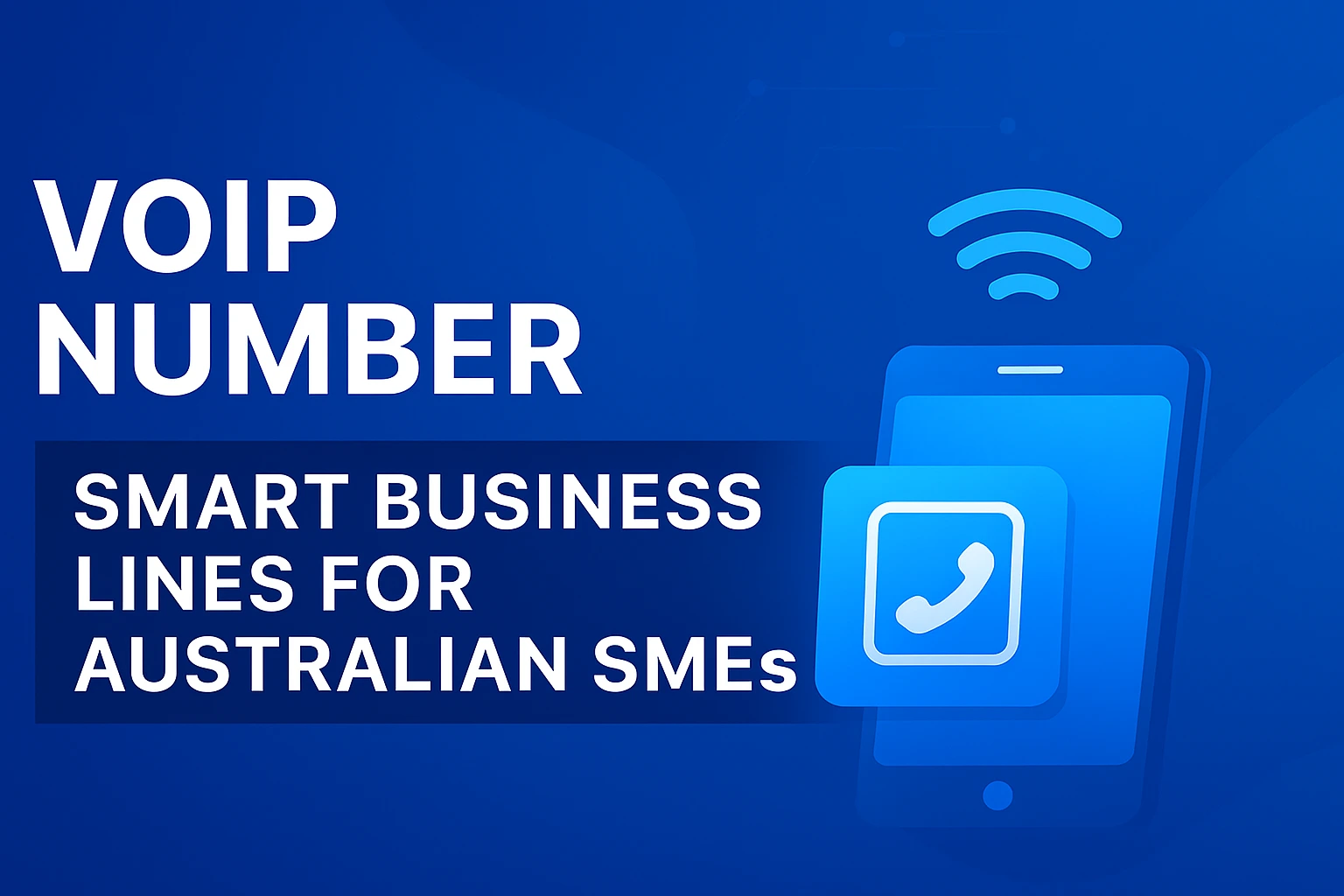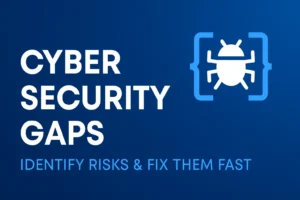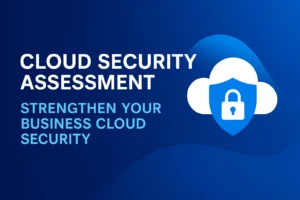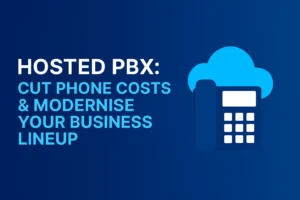Why this matters to your business
Choosing the right VoIP number isn’t just a telco decision, it’s a business strategy. The number you use affects customer trust, local reach, compliance (especially emergency calling in Australia), and how well your phones integrate with cloud tools like Microsoft 365 or contact-centre software. This guide walks you step-by-step through what a VoIP number is, the Australian number types you can use, the real costs and risks, and how managed IT services (like Code Hyper One) make the whole thing work reliably and securely. Read on to pick the right VoIP number and implementation path for your organisation.
What is a VoIP number?
A VoIP number is a phone number assigned to a service that delivers voice calls over the internet (Voice over Internet Protocol) rather than a traditional copper or PSTN line. Calls are packetised and routed over IP networks, enabling features like softphones, SIP trunks, call recording, and advanced routing without a physical exchange. (Cisco)
A VoIP number can look and behave like any regular phone number for callers. You can get local area numbers (02, 03, 07, 08), mobile-style numbers, or non-geographic numbers (13/1300/1800), but the connection and feature set live in the cloud.
Types of VoIP numbers in Australia (what to pick)
Understanding Australian number types helps match customer expectations and legal requirements.
Geographic numbers (02, 03, 07, 08)
- Format: 10 digits, area-code based (e.g., 02 for NSW).
- Best for: local presence in a specific city or state.
- Pros: Familiar to local customers; good for storefronts or local services.
- Cons: Perception of being “local” only.
(Geographic numbers are administered under Australia’s numbering plan.) (ACMA)
Mobile-style numbers (04xx xxx xxx / VoIP mobile numbers)
- Format: +61 4XX XXX XXX (domestic: 04XX XXX XXX).
- Best for: staff who need mobile reachability and roaming softphone use.
- Note: Many providers can allocate or port mobile-format numbers for VoIP use. See the “VoIP mobile number Australia” section below.
Non-geographic numbers (13/1300; 1800)
- Format: 13XX, 1300 XXX XXX, 1800 XXX XXX.
- Best for: national call routing, marketing campaigns, toll-free customer support.
- Pros: Easy to remember, can route to multiple sites or call-centres.
- Cons: Often have different charging models and regulatory obligations.
Smartnumbers, virtual numbers, and DID ranges
- Smartnumbers or “virtual” numbers are memorable or vanity numbers (e.g., 13CALL). They are managed under specific rules and may carry fees; telcos typically allocate or reserve them. (ACMA)
Quick comparison table: Which VoIP number fits your use case
Number type | Example prefix | Best for | Key benefit | Emergency call notes |
Geographic | 02 / 03 / 07 / 08 | Local offices/storefronts | Local trust and recognition | Must be configured so emergency services receive the correct location data. (ACMA) |
Mobile-style (VoIP mobile) | 04XX XXX XXX | Field staff, remote workers | Mobile reach, softphones, and number portability | Mobile-format VoIP can call emergency numbers but needs correct provisioning. (ACMA) |
13/1300 | 1300 XXX XXX | National sales/support lines | Brandable and easy to remember | Provider handles routing; regulatory rules apply. (ACMA) |
1800 (toll-free) | 1800 XXX XXX | Customer support | No call cost for customers | Carrier billed; emergency call routing handled per regulation. (ACMA) |
Why businesses choose VoIP numbers (real commercial benefits)
- Lower ongoing costs. SIP trunking and hosted PBX reduce line rental and long-distance costs.
- Flexible work model. Staff use desk phones, softphones, or mobile apps, the same number, anywhere.
- Advanced features bundled. Call queuing, IVR, call recording, analytics, and CRM integration without large CapEx.
- Scalability and global reach. Add numbers and users in minutes; support multi-site routing.
- Tighter integration with cloud apps. Connect voice to Microsoft 365, Teams, Zendesk, or CRMs for unified workflows. (Managed IT partners help with this integration.) (Code Hyper One)
These benefits make VoIP numbers a commercial decision: they reduce TCO and improve customer experience when implemented correctly.
VoIP mobile number Australia, what’s different?
When someone asks for a VoIP mobile number in Australia, they mean a mobile-format number (04xx) provisioned on a VoIP/SIP platform rather than a traditional mobile SIM. These numbers are useful when you want staff to appear as a mobile caller but keep the phone system centralized.
Key points:
- Mobile-format VoIP numbers can be ported, but portability rules and routing require correct carrier provisioning. (ACMA)
- Emergency calling: mobile-format VoIP services must comply with emergency call regulations so that emergency services can get location data; configurations vary by provider and require careful setup. (ACMA)
- For true mobile network capabilities (SMS, cellular roaming), a SIM-based solution is still required. VoIP mobile numbers are not a drop-in replacement for all SIM features.
If your team needs the convenience of mobile numbers paired with cloud PBX features, talk to your managed IT provider to check portability and emergency call setup.
How managed IT services make VoIP numbers actually work
A VoIP number is more than a number. It depends on network quality, security, integrations, and ongoing management. That’s where managed IT comes in.
Network readiness and QoS
VoIP requires stable bandwidth and Quality of Service (QoS) to prevent jitter, packet loss, and call drops. Managed IT teams perform:
- Bandwidth audits and traffic shaping.
- VLAN and QoS rules on switches and firewalls.
- Failover internet connections (NBN / fibre business links).
Code Hyper One pairs VoIP deployment with business-grade internet plans to ensure consistent call quality. Learn more.
SIP trunking and carrier relationships
Managed providers select and manage SIP trunks, negotiate call rates, and handle number provisioning and porting so you don’t wrestle with multiple telcos.
Security and compliance
VoIP adds attack surfaces (SIP brute force, toll fraud). MSPs deploy:
- SIP/TLS and SRTP for encrypted signalling and media.
- Session border controllers (SBCs) to protect trunks.
- Rate limits and MFA for admin portals.
Integration and user experience
A managed approach ties VoIP numbers to identity (Azure AD, Microsoft 365), CRM click-to-call, and call analytics. If you already use Microsoft 365, your MSP can integrate Teams Phone or hybrid voice solutions so users dial from the apps they already know. (Code Hyper One)
Practical next step: see Code Hyper One’s managed VoIP services and demos to evaluate architecture and pricing. Learn more on the Code Hyper VoIP page.
Choosing the right VoIP number provider in Australia: Evaluation checklist
Before purchase, vet providers with this checklist:
- Regulatory compliance: Do they handle emergency call provisioning and IPND registration? (ACMA requirements apply.) (ACMA)
- Local support and SLA: Is there Australian-based support and an SLA that covers uptime and call quality?
- Number management: Can they provide geographic, mobile, and non-geographic ranges and handle porting? (ACMA)
- Integration support: Do they integrate with Microsoft 365/Teams, CRM, and contact-centre platforms? (Code Hyper One)
- Security posture: Are TLS/SRTP, SBCs, and fraud protection in place?
- Failover and continuity: Do they offer PSTN fallback or redundant SIP trunks for outages?
- Transparent billing: Clear line rental, per-minute rates, and any monthly port/number fees.
Use this checklist as procurement criteria and insist on a staged pilot before full cutover.
Porting numbers, IPND, and regulatory responsibilities
Number portability in Australia allows businesses to move their number between providers, but the process and obligations are regulated. The Australian Communications and Media Authority (ACMA) publishes numbering rules, IPND (Integrated Public Number Database) reporting, and emergency call services. Providers must comply. (ACMA)
Two practical compliance notes:
- Emergency calls: VoIP services must route 000 (Triple Zero) calls correctly and may be required to provide location information. Confirm how the provider manages emergency calls for remote/nomadic users. (ACMA)
- IPND reporting: Public numbers must be reported to the IPND manager; carriers bear responsibility for accuracy. (ACMA)
Several providers also implement filtering/blocking rules to reduce scams. For example, platforms may block calls that misuse Australian prefixes if the number isn’t allocated by ACMA. That blocking behaviour can affect international SIP setups and must be accounted for. (Twilio)
Typical setup and cost drivers
A clear understanding of cost drivers will prevent unpleasant surprises. Typical components:
- SIP trunk or hosted PBX subscription: usually monthly per-user or per-seat.
- Call charges: local, national, mobile, and international per-minute rates.
- Number rental/port fees: monthly fees per number and one-time porting charges.
- Hardware: desk phones, analogue gateways (if keeping fax machines), SBCs.
- Internet: business-grade plan with guaranteed bandwidth and a secondary link for failover. (Code Hyper One)
Budget sample (indicative, varies by provider and scale):
- Hosted PBX license: $15–$40 per user/month
- SIP trunk: base fee + per-minute rates for PSTN calls
- Business internet: $100–$800+ per month, depending on bandwidth and SLA
Ask for a total-cost-of-ownership estimate that includes carrying costs for your internet and support.
Security, reliability, and best practices
Make VoIP resilient and safe with these practical measures:
- Encrypt signalling & media: enforce SIP over TLS and SRTP to stop eavesdropping.
- Use an SBC: place a session border controller at the edge to manage and secure SIP traffic.
- Rate-limit and monitor: detect toll fraud attempts and block suspicious patterns.
- Segment voice traffic: VLAN and QoS separate voice from general data to preserve call quality.
- Regular patching and backups: treat the phone system like any critical IT service; back up configurations and test restores.
- Failover: ensure PSTN or cellular fallback for critical services and emergency calling.
Managed IT teams combine these into an operational playbook so you get continuous protection without wrestling with low-level telco details.
Implementation roadmap: deploy a VoIP number with minimal disruption
- Audit your needs: call volumes, call routing, CRM integrations, and remote users.
- Network assessment: bandwidth, QoS, firewall rules.
- Choose numbers: geographic vs mobile vs 13/1300/1800 based on customer journey.
- Pilot users: start with a small group to test call quality and workflows.
- Porting plan: schedule number porting windows with both old and new providers. (ACMA)
- Security hardening: TLS/SRTP, SBC, rate limits.
- User training: softphone apps, voicemail, transfer and escalation policies.
- Failover testing: simulate outages and confirm PSTN or secondary SIP trunk failover.
- Go live & monitor: measure MOS scores, call completion, and customer feedback.
- Iterate: use analytics to refine IVR, routing, and staffing.
Managed IT partners typically run steps 2–8 on your behalf and provide ongoing monitoring and SLA-backed support. Explore the managed VoIP approach and demos on the Code Hyper One VOIP page. (Code Hyper One)
External resources & regulation you should know
- ACMA: emergency call rules and guidance for telecommunications in Australia (essential reading for compliance). (ACMA)
- Cisco: technical primer on VoIP and IP telephony for businesses. (Cisco)
Pick the number that matches the customer journey
A VoIP number is more than digits. It signals locality, professionalism, and service availability. For Australian businesses, picking the right type (geographic, mobile-format, or non-geographic) and pairing it with a managed IT approach removes the headaches of porting, emergency-call compliance, and quality of service. If you value uptime, security, and integration with cloud tools, work with a managed provider who audits your network, provisions the right SIP trunks, and runs a staged rollout. That’s how VoIP numbers stop being a telecom problem and start being a competitive advantage. (Code Hyper One)
Frequently Asked Questions
What exactly is a VoIP number, and how is it different from a landline?
A VoIP number is assigned to a service that routes voice over the internet instead of the old PSTN copper network. To callers, it looks like a normal phone number, but behind the scenes calls are packetised and handled by SIP or cloud PBX platforms — allowing softphones, global routing, and advanced integrations that traditional landlines don’t offer. (Cisco)
Can I use a VoIP mobile number in Australia for emergency calls (000)?
Yes, but emergency call handling depends on provider configuration. VoIP services must correctly route 000 calls and, where required, provide location information. Confirm with your provider exactly how emergency calls from nomadic or remote users will be handled before you migrate. (ACMA)
Is number porting between providers straightforward?
Porting is routine, but it requires coordination. Australian rules let you port numbers between providers, and carriers are obliged to follow ACMA’s Numbering Plan and IPND reporting obligations. Work with your managed IT provider to schedule port windows and avoid downtime. (ACMA)
Will my existing CRM and Microsoft 365 work with VoIP numbers?
Yes, most modern hosted PBX and SIP solutions integrate with CRMs and Microsoft 365/Teams. A managed IT partner can map presence, click-to-call, call logging, and call routing into your existing workflows. If you use Teams, your MSP can advise on direct routing vs Teams Phone options. (Code Hyper One)
How much internet bandwidth do I need per VoIP call?
A high-quality G.722 or wideband call typically needs ~60–100 kbps each way; allow overhead for signalling and jitter buffers. For planning, provision 100–200 kbps per concurrent active call and add capacity for data and other services. Your MSP will perform a network audit and specify QoS rules to protect voice traffic.







